Programmatic display ads are a new and improved way of reaching people with your product. It’s efficient, full of possibilities, and most importantly, can reach a lot of people all over the world. Of course, as discussed in the article, it’s not for everyone, but there are plenty of ways to use those for your benefit.
In this article, we will go over the most critical elements of programmatic display ads, platforms you can use to make them even more appealing, and ways you can benefit from even starting to take an interest in them. If you were looking for a comprehensive guide on programmatic display ads – you came to the right place!
What Are Programmatic Display Ads?
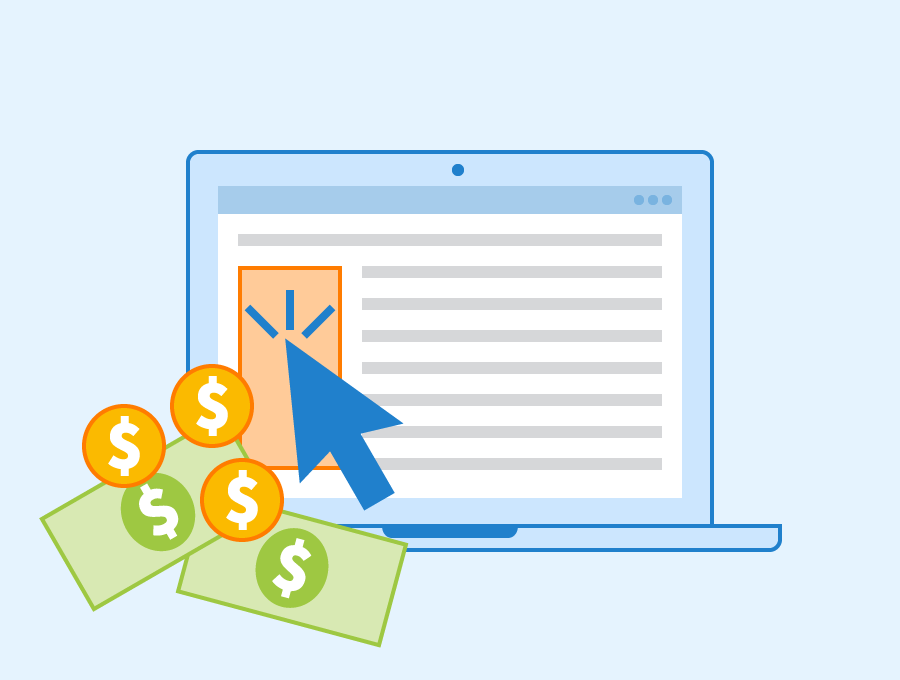
Programmatic display ads are some of the more popular strategies when it comes to digital marketing. It’s a form of advertisement where you buy a place on multiple ad exchanges in order, and the whole process is automated.
For example, if you go to Google Display Network, you can choose a streamlined version of your ad that will all be made by a highly adaptable and intelligent algorithm. You can always opt for doing it manually, of course. Still, digital display advertising aims to optimize the programmatic ad buying process and help you reach your audiences faster and more efficiently.
Why is it better? Well, programmatic advertising uses a data-driven, no-nonsense approach that can often be seen with human intervention. With these kinds of ads, you will be able to target not only the audiences you thought you wanted but also those you didn’t even know existed. So, let’s go over some of the most essential elements of programmatic ads to understand this concept better.
Real-Time Bidding
Regarding online advertising with programmatic display ads, Real-Time Bidding is probably the most crucial term to memorize for future reference. The ad inventory for banner ads, Google Ads, or any other online ad type is processed during the absolute time auction for the programmatic advertising campaign. It means that different advertisers bid on the impressions they want to get, and the highest bidder takes the user’s attention.
Ad Exchange
So, to do that, you will need an exchange. Whether it’s a Google Ad Exchange or something from a minor player, those bidding places are highly effective for purchasing ad space and optimizing your advertising efforts into impressions and conversions. Of course, it could mean that programmatic advertising costs can get high in some cases if the bidding goes too high, but you can be sure that your ad will be displayed to the appropriate audiences among many different sites.
Data-Driven Optimization
The next great thing about those ad networks is that they operate solely on the data gathered during the lifetime of such ad spaces like Google’s Ad network. The purchase ad inventory for programmatic and display ads includes elements like demographics, the patterns in their browsing behavior, and where they actually are. It may seem scary, but it’s the reality of internet advertising.
Automated
If you purchase programmatic display ads, you must remember that it’s based on the automation process, where an algorithm decides where to display ads, which sites in the network, and how to optimize for the highest performance. Whether this would mean a banner ad, visual ads, search ads, or anything else, programmatic advertising helps automate the process of buying and setting up ads.
Targeting Options
With such advanced algorithm possibilities, the targeting options for the programmatic display ads can get pretty advanced. You can select different ad groups based on the criteria of your choice and find the right people who will likely purchase your product or use your services. And the whole “purchase ad space” problem will be done by the programmatic ecosystem.
Ad-Copy Adjustments
Additionally, after you buy digital advertising with programmatic media buying, you cannot only put your ad out there and wait for the results but actively change the programmatic targeting and ad copy quality to ensure the campaign’s success.
In many places in the marketing industry, after you buy ad space from media agencies, there is nothing you can change or adjust about it. In this case, everything is within your control. Additionally, it allows you to change the ad placement, limit the ad spend, and all the other optimization elements lacking in the vast advertising industry.
Brand Safety
A significant point regarding digital advertising with programmatic display ads is that there is no ad fraud, brand risk, or whatnot. If you buy ad inventory, they will find an available ad space for you to use in Google Ads, for example (formerly known as Google Adwords) or any other supply-side platforms, and make sure that your ad request will be shown only to the appropriate audiences. That’s how programmatic advertising works, even for companies with limited marketing budgets.
Remarketing Options
Additionally, ads based on the program have a greater chance of being remarketed, as they often exist in the vast network of platforms, websites, etc. For example, Google Ads has over 2,000,000 sites in its Display Network. Importantly, they are not charging for their ads as much as the traditional media would, considering the cost-per-conversion factor.
Definitions
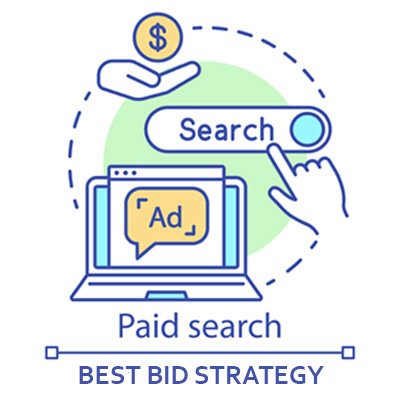
Before diving further into the whole thing, let’s quickly go over some of the more critical definitions that could be useful when discussing programmatic display ads. It’s a pretty nuanced and new genre, so they created a new language, full of acronyms, that most people may not be familiar with. So, here it is:
- Real-time bidding – it is the whole process of selling ad space in the digital marketplace and online auctions
- Demand-Side Platform (DSP) – This is the software many advertisers use to buy ads on different platforms automatically.
- Supply-Side PlatfoRms it’s used to sell advertising space automatically. It’s like a Google Ads square on your website.
- Data Management Platform (DMP) – It’s a place where all the information about the platform’s users is held; you can say it’s a giant cookie jar.
- Ad Exchange – Similar to real-life exchanges, it’s a place where you can buy and sell ads.
- First-Party Data – It’s highly reliable information that comes from the source. It’s mainly used to advertise directly to some particular audience.
Benefits of Programmatic Display Ads
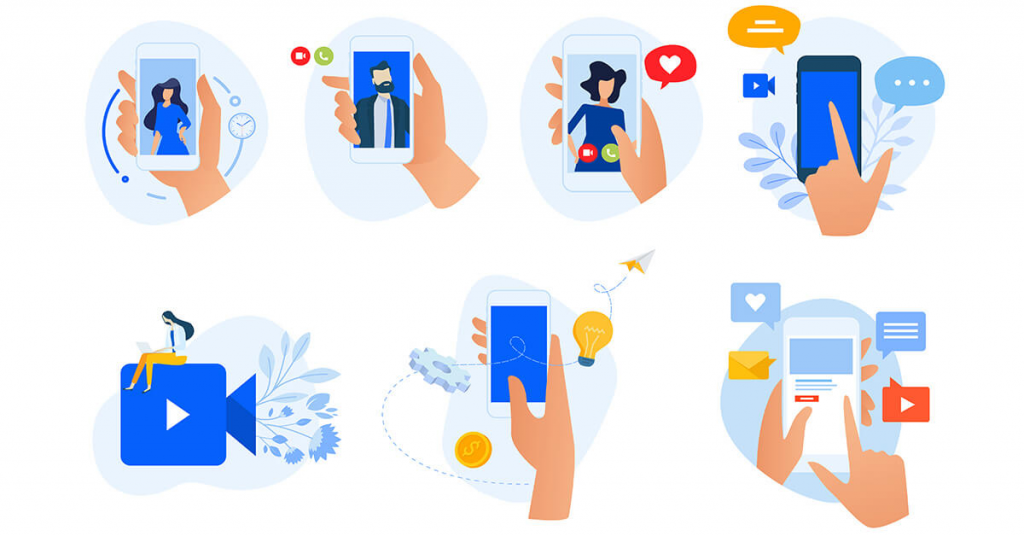
So, now that we know what we are talking about, let’s go over some of the benefits you can get from implementing programmatic display ads in your company. Of course, it does not mean that all of those would transpire, as different companies and industries have their particularities, so we cannot ensure that it will happen in your case. Nevertheless, those are some of the most common things you can expect from the programmatic display ads. Let’s go over them!
Great Targeting Options
Regarding programmatic advertising campaigns, they have some of the best targeting options on the market. With many different ad places, information about demographics, and browser behaviors from potential customers, programmatic display ads can hit the spot where they are needed. The advanced targeting information ensures this kind of precision the automated system uses.
Optimization
Additionally, contrary to many traditional ways of advertising, programmatic ads can be changed and optimized instantly. You don’t need to take it down; you can change it and see the results shortly. These kinds of targeting parameters are great for budgeting and increasing the effectiveness of campaigns.
Efficiency
Next, we have the efficiency factor. As mentioned before, sites like Google have much information on us. As you can imagine, there is also much information to help you make your ads more effective. Without all the manual tasks, they can adapt quicker and reach the audiences faster than it would happen with human intervention.
Data-Driven Approach
Additionally, those platforms rely on something other than their gut feeling or what is popular. Their decisions are strictly based on the data they have received and only that. As you can imagine, this information is precious when creating strategies and optimizing ads for profit.
Budgeting
Additionally, programmatic advertising can be great if you have a limited budget. You can bid as high as you feel comfortable and leave if it gets too advanced. You can also choose the most likely to convert individuals, maximizing your conversions and minimizing the possibility of a low percentage or ROI (Return on Investment).
Dynamic Creatives
Additionally, you may be pleased to know that programmatic ads can personalize the creative you have prepared for them to please potential customers. It follows the users’ behaviors and decides whether or not they are willing to change things up or let them be as they are.
Premium Ads
Moreover, programmatic ads can utilize multiple advertising channels within a particular platform. It means you can access the high-quality ad inventory that would not be available to you in any other way. The algorithms have many tricks up their sleeve so that the targeting and conversions would be higher than in the case of manual advertising, especially when it comes to Private Marketplaces, where some publishers can get some premium stuff in a much more controlled setting.
Reach
Programmatic ads, especially in giants like Google Ads, can have a tremendous reach when driving traffic to your website. Google has millions of platforms in its partnership program, not only in the USA or EU but globally. With just one click, you can get people in Asia, Africa, and Australia to get interested in your products quickly!
Types of Programmatic Display Ads

Now that we know the programmatic display ads, what benefits can come from implementing those practices in your everyday advertising? Those are some of the most essential definitions for this type of advertising, so be sure to read carefully if you would like to engage with some programmatic display ads!
Programmatic RTB Ads
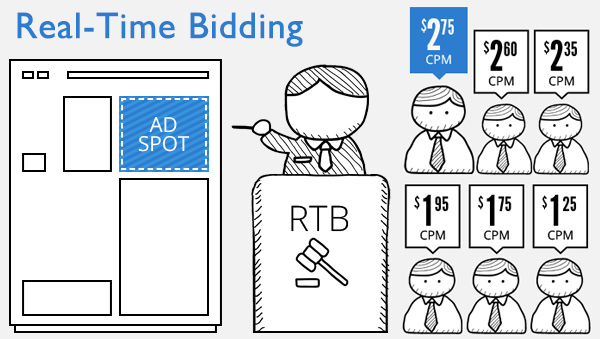
The first one, and the most well-known ad, is the programmatic RTB one. It’s a particular type of ad that is highly technology-driven. As we have stated before, this kind of programmatic display advertising is based on real-time bidding on digital ads that will be displayed on the platform’s network.
The ad impressions are being constantly auctioned to the highest bidder. Getting into those is usually based on the ad exchange, where you create an account and find multiple publishers with ad inventory to browse through. Depending on your ad exchange, it can be a more significant or lesser cost.
Although, many advertisers use the DSPs to manage their ads. Those are the services that can help you optimize your campaigns even further. On the other side are the publishers who use the supply-side platform to connect with the advertisers and present their potential.
Programmatic Direct
The second, most popular type of programmatic display ads is programmatic direct or guaranteed. It’s a type of programmatic advertising that mainly involves automatically buying and selling ad inventory. Publishers and advertisers directly interact with each other, and, similarly to the RTB Ads, it all depends on real-time bidding.
Based on the pre-negotiated agreements, parties decide on the terms and conditions of providing impressions. The arrangements are usually full of pricing details, the acceptable format, and the amount of images the advertiser can expect from the publisher. After agreeing upon terms and conditions, the campaign automatically progresses through the algorithm while keeping the ad inventory reserved for this advertiser. Programmatic technology can, of course, be used for multiple advertisers if they agree.
It is based on the programmatic platforms’ coordination with advertisers and between publishers and advertisers’ servers. The great thing about this technology is that you can create the Private Marketplace. It’s a brilliant way of creating premium spots for the most advanced groups of advertisers. With the first-look feature, you can lure customers into investing in some of the most advanced products they can access. Of course, The sense of exclusivity can be a great advantage and an asset when talking about new and improved ways to lure advertisers into investing in publishers’ websites.
How to Start with Programmatic Display Ads?
So, how do you get into programmatic display ads? Well, in the end, it’s a pretty simple process that you need to go through. Of course, the platform on which you will be advertising will be discussed later in this article, but let’s go over some of the key elements regarding programmatic advertising and how to begin your journey with it.
- Define goals and objectives – the first thing you need to do is to understand what you want to achieve. Getting into a specific kind of advertising only because you need any type is not intelligent.
- Find your customers – be sure to investigate your audience thoroughly. What are their needs, how you can fulfill them, how old they are, and what they do in their spare time. This information can be crucial in creating a strategy for your company.
- Choose your DSP – Next, find a DSP to match your needs. It may be as simple as Google Display & Video 360, where most of the traffic goes, but maybe you have some niche, specific needs you can fulfill at different places.
- Campaign setting – this is the easiest part if you have done all the other elements before – Setting a campaign on the platform of your choice is pretty easy, so be sure to take advantage of it. You will need to find an ad format that will be the best for you. Whether it’s a video, native ads, or whatever else, see if you need additional targeting parameters to get on with your advertising efforts. There are plenty of ways to adjust your brand by simply tweaking the parameters here and there. Remember to set up tracking elements and ways to measure the campaigns’ success, like conversions or user interactions.
- Review and Optimize – In the end, programmatic buying is all about checking what works and what does not. It’s real-time bidding (RTB), so you will have to find out what works for you regarding price, quality, and targeting options in the future. The best thing about those ads is that they are easily customizable. If something does not work, change it. See if the B version is the way to go; maybe you will need a C plan or D, whatever it takes – you can accomplish those goals with programmatic display ads.
The Best Programmatic Display Ads Platforms
Now that we know much about display ads let’s get into some details! What are the best platforms that you can advertise at? Where can you find those? How can you change it for the better? There are plenty of ways to improve your advertising efforts, especially if you want to get the best deal. So, to help you with that, let’s see where you can advertise most effectively!
Google Display & Video 360
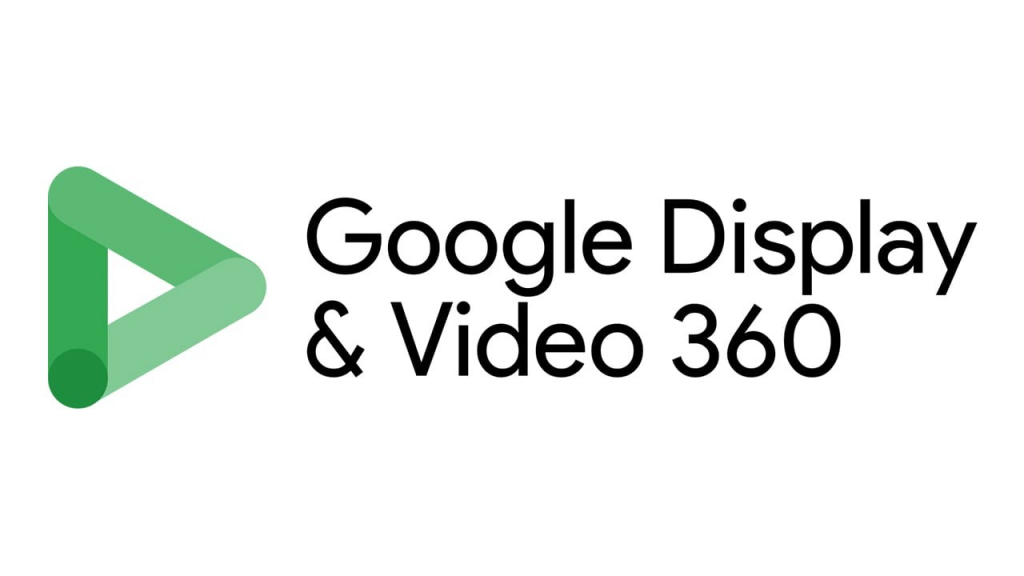
As you may imagine, Google is, once again, probably the single best provider of top advertising solutions in the world. You have Google’s Display Network, with over 2,000,000 partners, YouTube with billions of views, and excellent Google Analytics for measuring – it’s an all-rounder. If you need to advertise anything anywhere in the world – Google will probably help you with that.
The Trade Desk
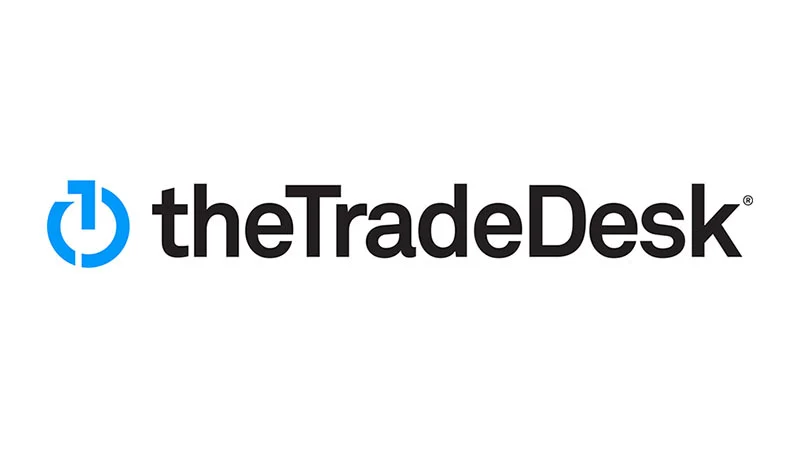
Next, we have the Trade Desk. It’s one of the more interesting ones, with great targeting options, good optimization, and many ad formats. It may not be as big as Google, but it can be pretty efficient with what it tries to accomplish.
Adobe Advertising Cloud

Next, we have the Adobe Advertising Cloud, a part of the famous Adobe Marketing Cloud suite. It’s something you have probably seen here or there, as the Adobe company is known for making products that many people could not live without, especially regarding graphics design or video editing. With this advertising cloud, you will gain access to cross-channel advertising on all of the Adobe platforms and partners. Feels interesting, doesn’t it?
MediaMath
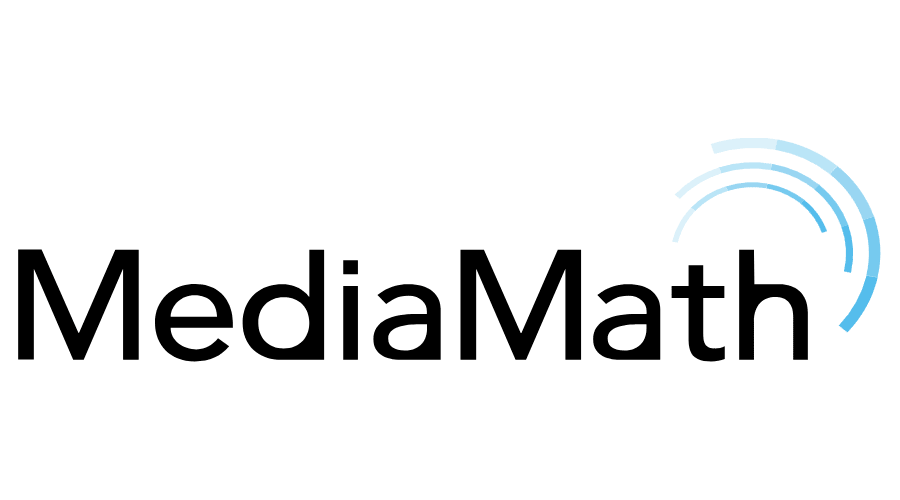
Another exciting option for you to explore is the MediaMath marketing platform. It has influential audience targeting, one of the best AI optimization on the market, and multiple channels you can advertise with. If you need something reliable but don’t want to rely on the usual suspects, it’s a great choice! It’s a solid programmatic marketing platform that can help your endeavors.
Facebook Ads Manager

And finally, we have the Facebook Ads Manager. It’s the second biggest one next to Google Ads, so if you want to be more social with your ads, then it can be a great addition to your portfolio. As you can imagine, there are plenty of elements for you to explore with this one: multiple ways of reaching your target audiences and finding new ways of optimizing the feed. Using Facebook advertising platforms is a guarantee of success, of course, depending on what you need. But, with about 2,000,000,000 active users between multiple platforms in the Meta, well, universe, you will definitely find an audience for your products and services.
Which Industries Can Benefit From Programmatic Display Ads?
As you can imagine, programmatic display ads are not for everyone. It can have a great effect on some industries and terrible on others. So, if you want to benefit greatly from these types of ads, you should definitely consider those if you are in one of those industries.
E-Commerce
The next best thing when it comes to selling your products for a cheap price through your digital store is the ability to present them to wide audiences on the internet. Whether those would mean some amazing new offers, wonderful new possibilities when it comes to services, or whatever else you are selling, be sure to give this type of advertisement a chance, especially with some incredible retargeting opportunities with a cart.
Travel/Hotels
Additionally, programmatic ads can be used amazingly when you would like to travel somewhere and get the best price. Hotel ads, airlines, whatever you need – retargeting/display ads combo can reach your customers to their destinations.
Cars/Car Services
Next, we have cars/car service providers. In this particular situation, you can use programmatic ads to find the most influential blogs, listings, or just car-related websites and advertise directly to your potential customers, especially if you combine it with contextual advertising.
Wellness/Pharmaceuticals
Next, we have all the supplements, programmatic ads, promotion of medical treatments, wellness products, and whatever else could be affiliated with this industry. And there is a lot to add there, for sure. This kind of advertising is great, especially if you think about investing your hard-earned time and money into creating an ad that is not predatory but can convince people to get more healthy. Of course, with a little help from your product.
Hardware/Software
Another big industry where programmatic advertising is used is, well, full of programmers. If you want to promote a new piece of software/hardware, there is no better way of doing it than on the wide interwebs, where all the interested parties are already sitting. When it comes to software solutions, some deals on resold games, or even whole PCs – the programmatic display ads are the place for you to be!
Restaurants/Food Delivery
Additionally, it does some amazing things for your food delivery options and contextual targeting. Especially if your users are geotargeted, it’s so much easier to find people nearby who want to go to a restaurant or order food. You can even set those ads during lunchtimes or evenings when there is more traffic.
Fashion
And finally, we have the fashion brands. Those are some of the most popular/annoying ads on the internet. Maybe you were just browsing through some website and didn’t really want to buy anything, but something caught your eye. It was expensive, but no one will forbid you to just look at it. Well, now you will see it everywhere you go. It just shows how effective those ads are because many will just fold and get this sweater.
When You Should Not Use Programmatic Display Ads
But, as with all things, display ads have as many disadvantages as advantages, so in certain situations, it’s not only not recommended but highly advised against. There are many factors that can impact that decision, so let’s go over the most common ones.
- Limited Budget
Unfortunately, this is not something that you can get for just a few bucks. Programmatic advertising is often something that you should avoid if you have a limited budget, as you will not be able to be competitive against the bidders.
- Niche Audience
If your audience is niche or highly specific, you may opt out of programmatic display ads as those are pretty wide and may not be suitable for your particular line of business in the end.
- Poor Creatives
Unfortunately, if you don’t have a well-put-together team of creatives for your ad copies, you may be missing out on those ads. Your campaigns will probably suffer from not having enough pizzaz that only a graphics team with a little help from copywriters could present.
- Complex Products
If you have a marketing strategy that involves a lot of explaining, the ad placements in the programmatic display ads may not be a thing for you. It’s a quick, get-out kind of thing that your target audience will respond to if and only if you provide them with a reason why. A reason that is easily accessible for starters.
- Brand Recognition
Additionally, programmatic display ads may not be an optimal solution for all people who would want to create a narrative around their project. They will probably just lose the money in the process and will not be able to actually show what they mean with just a few pictures or lines. Programmatic campaigns are mostly used for selling products/services, so it is just not the medium you would want to use for brand recognition.
What Are Programmatic Display Ads – Conclusion
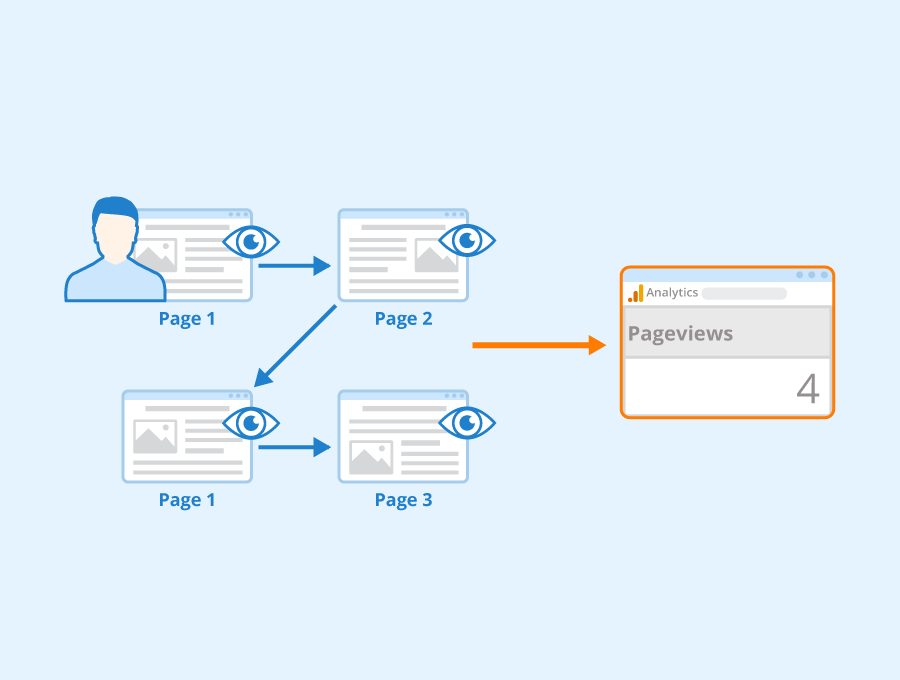
In conclusion, programmatic advertising is great for multiple purposes. Whether you want to reach a new audience with your display ad, ensure your campaign success by creating a new and improved version of your ad copy, or just test things out to see what works and what does not – programmatic display ads can help you with all of that.
Of course, as we have stated before, it’s not for everyone. Programmatic advertising works if you can provide it with good and clear objectives, see the programmatic advertising cost necessary to fulfill the bidding, and – just create good online ads.
Thanks for stopping by! If you liked this article, be sure to check out others on our website. We have a lot of those, so we are positive that you will find something for yourself. Take care, and we will see you in the next one!

A PPC specialist who started with organic social media. For several years, the core of his activities are:- Google Ads, Microsoft Ads, Meta Ads, TikTok Ads, Twitter Ads, Linkedin Ads. He has led campaigns with a global reach, e.g. for FootballTeam, G2A, ETOTO, as well as many smaller campaigns in the sports, construction and financial industries. Has full focus on ROAS. Privately, a fan of football, history of wars and Star Wars.

